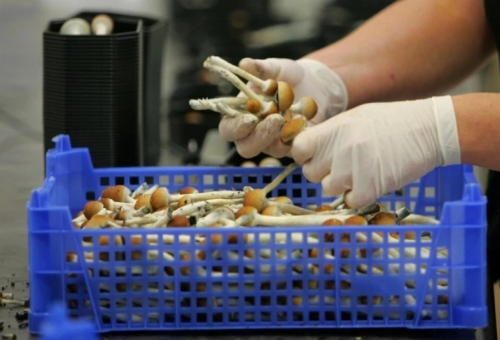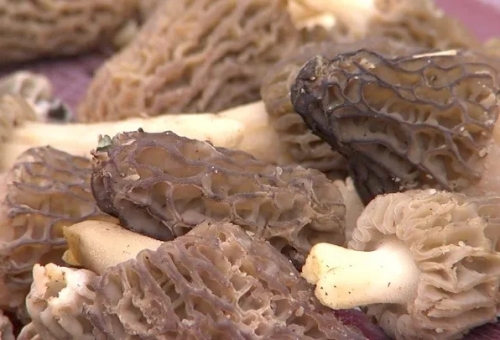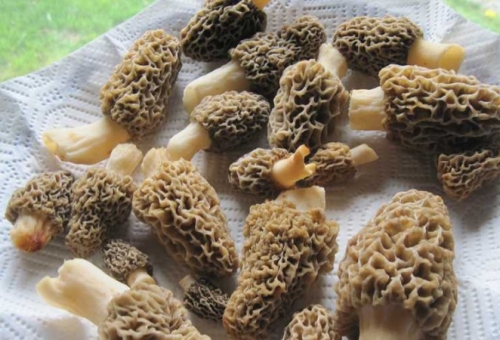If your culinary experience with mushrooms extends no further than buttons, portabellas and shiitakes, you're missing a wider world of fascinating fungi that can add unusual textures, flavors and colors to your cooking.
At the Lancaster Farm Fresh Cooperative stand at Lancaster Central Market, general manager Casey Spacht says, you can often find such unusual varieties as royal trumpet, pom pom, beech and maitake mushrooms.
They're produced by Mother Earth Organic Mushrooms in West Grove, Spacht adds.
Katie Poppiti, assistant educator with Penn State's Chester County Extension office, says specialty mushrooms are widely available at grocery stores in Chester County because of the dozens of growers that make up that county's nearly 130-year-old mushroom-production industry.
Those producers also sell fresh and dried specialty mushrooms online.
Many people in Lancaster County like to forage for these unusual mushrooms in wooded areas around the region. (To be safe, leave mushroom picking to the specialists.)
Chris Snyder, a Narvon-area artist who has served as culinary chair of the Eastern Pennsylvania Mushroomers club, says he likes to highlight the flavor of these unusual mushrooms by cooking them simply, with little seasoning.
"The thing I find with wild mushrooms is that it's better to savor that flavor, so not to really overshadow it too much with stronger flavors," says Spacht. "So, just something simple, like a little garlic and olive oil, just fry it in that a little bit," with some sea salt and black pepper.
Spacht, an organic farmer and mushroom forager, says beech mushrooms lend themselves well to Asian dishes, such as hot-and-sour soup. These clusters of long stems with small caps are similar in taste to the more familiar shiitake mushroom, he says.
Spacht says the royal trumpet has a thick stem and a convex cap. He adds that it has a buttery taste, and recommends slicing it thin and cooking it quickly.
Enoki mushrooms, with their long, spindly stems, grow wild in the region in the late fall and winter, Snyder says, but are mostly available as cultivated mushrooms.
They can be served raw in salads or on sandwiches, or used in soup, according to the Chester County Extension office.
Snyder says it'll soon be time to start the foraging season with the search for morel mushrooms, which are long and thin with a wrinkly skin.
"They're one of my favorites," Spacht says. "They're hollow, so you can stuff them. …They have a rich, pungent, elegant smell to them."
Snyder likes to dry morels in a food dehydrator. He reconstitutes them later, and cooks them with spinach, garlic, nutmeg, salt, pepper and lemon juice.
Every year, Spacht says, he makes gnocchi out of morels and serves it with a mock-Alfredo sauce made with edible black-locust flowers.
The large, woodsy-tasting maitake mushroom, also known as hen of the woods because it looks like a chicken's ruffled feathers, is harvested in the fall, Snyder says.
"I can sauté them, I can deep-fry them, I can grind them up into a really excellent mushroom soup," Snyder adds.
Spacht, who is a vegan, says the flesh of large maitakes is so dense that it can be cut into small bricks that can be used like meat.
"Instead of getting a turkey for Thanksgiving, I've gotten a maitake and put it in a roast pan, and put gravy and (other) mushrooms over it," he says.
























